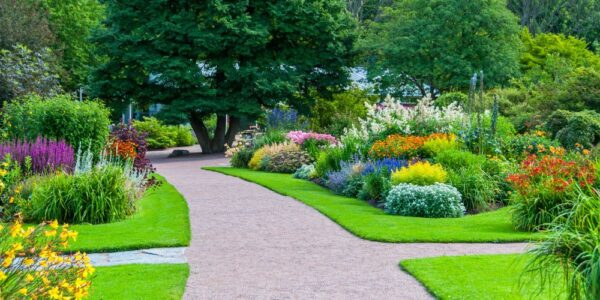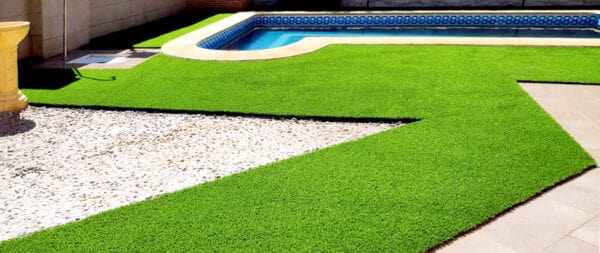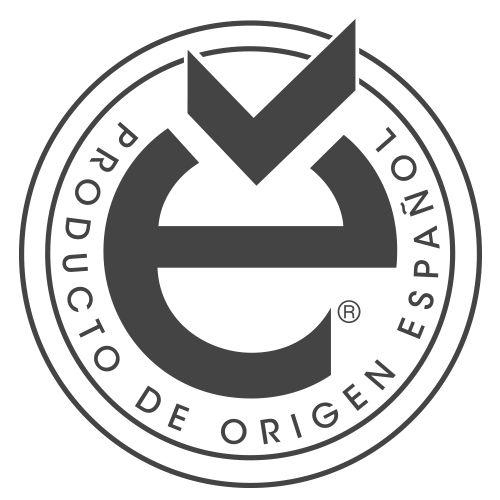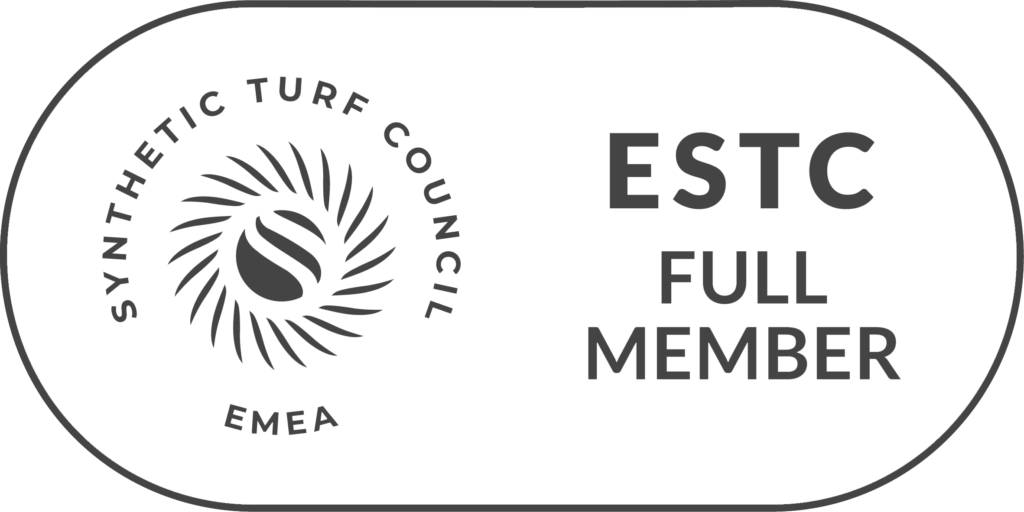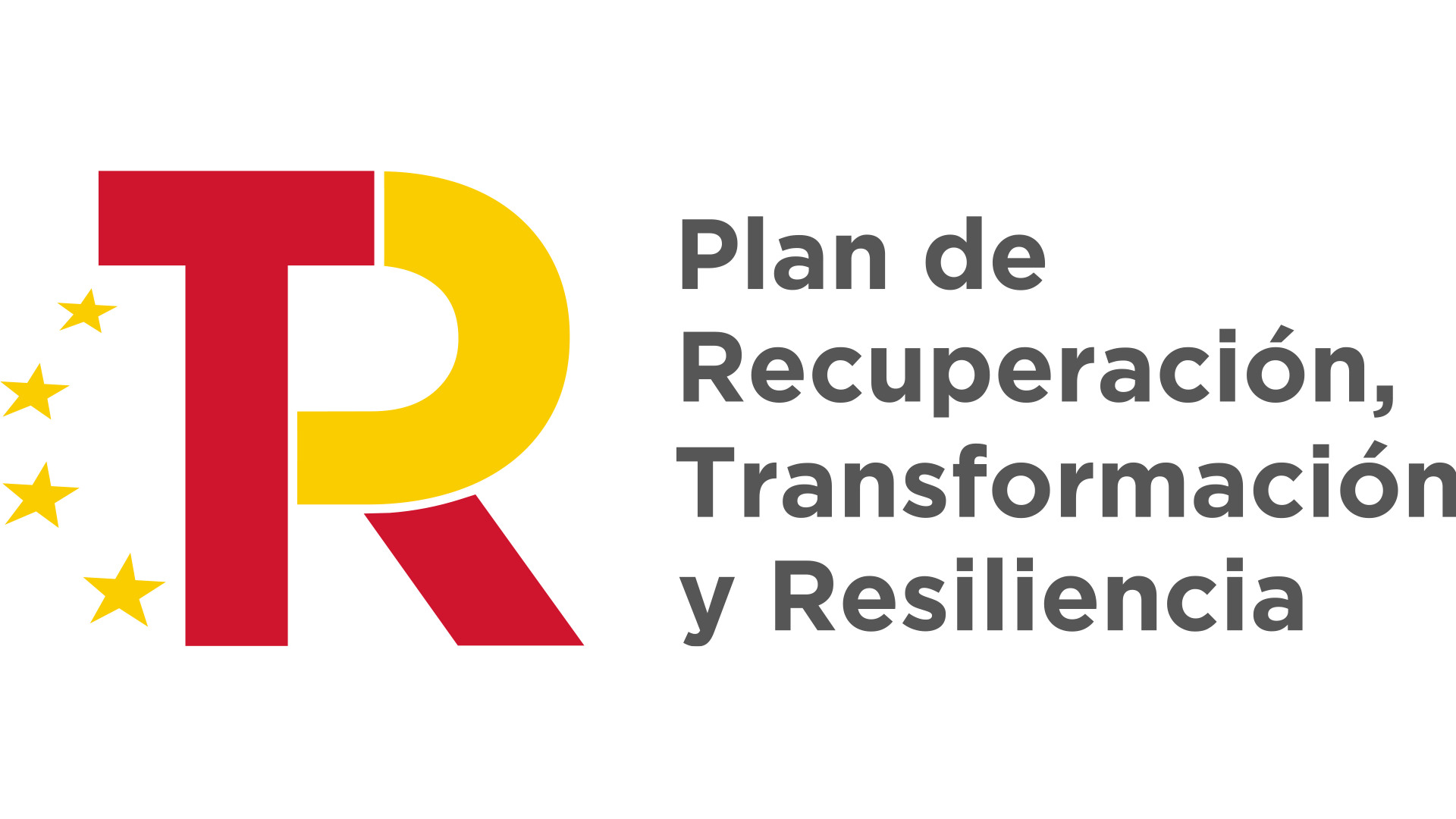Transitional Turf: Perfect Connection Between Spaces
Transitional turf is a type of artificial turf designed to harmoniously connect different areas within the same space, such as natural grass surfaces, paved areas or areas with different uses. This turf is characterized by its versatility and its ability to integrate visually and functionally into landscaping projects, gardens and sports environments.
Transition Turf Characteristics
- Adjusted fiber height:
- Generally, transitional turf has an intermediate fiber height that allows for a smooth transition between surfaces of different textures or heights.
- Resistance and durability:
- Designed to withstand moderate to high traffic, depending on its location in the design.
- Natural appearance:
- It uses technologies such as multi-color shades and varied fiber shapes to achieve a look that mimics natural grass.
- Versatility of installation:
- It can be installed on different bases, such as concrete, compacted soil or gravel, facilitating its use in various projects.
Common Transitional Turf Applications
- Connection between natural and artificial turf:
- Ideal for projects where both types of surfaces are mixed, allowing a smooth and aesthetic change.
- Union between paved areas and lawns:
- Perfect for roadsides, decks, patios or playgrounds.
- Sports and landscaping areas:
- It is used in sports fields to connect playing areas with rest areas, or in gardens that combine artificial turf with other decorative elements.
Benefits of Transitional Turf
- Homogeneous appearance:
- Provides visual and aesthetic continuity between different spaces.
- Reduced maintenance:
- Since it is artificial, it does not require watering or mowing, unlike natural grass.
- Climate adaptability:
- Resistant to extreme weather conditions, keeping its appearance throughout the year.
- Easy installation:
- Its design makes it easy to place in complex or irregular areas.
- Guaranteed durability:
- Resists wear and tear caused by traffic, inclement weather and sun exposure.
Transitional Turf Installation Tips
- Study of the terrain:
- Identify the areas where the transition is required to choose the right type of turf.
- Leveling and preparation:
- Ensure that the surfaces to be connected are level to avoid unevenness or irregularities.
- Use of decorative borders:
- Complement transitional turf with elements such as stones, wood or curbs to enhance the aesthetics of the space.
Conclusion
Transitional turf is the ideal solution for creating continuous, functional and visually attractive spaces in residential, commercial or sports projects. Its versatility and design make it an essential option for those who seek to unite different areas in a natural and durable way.

